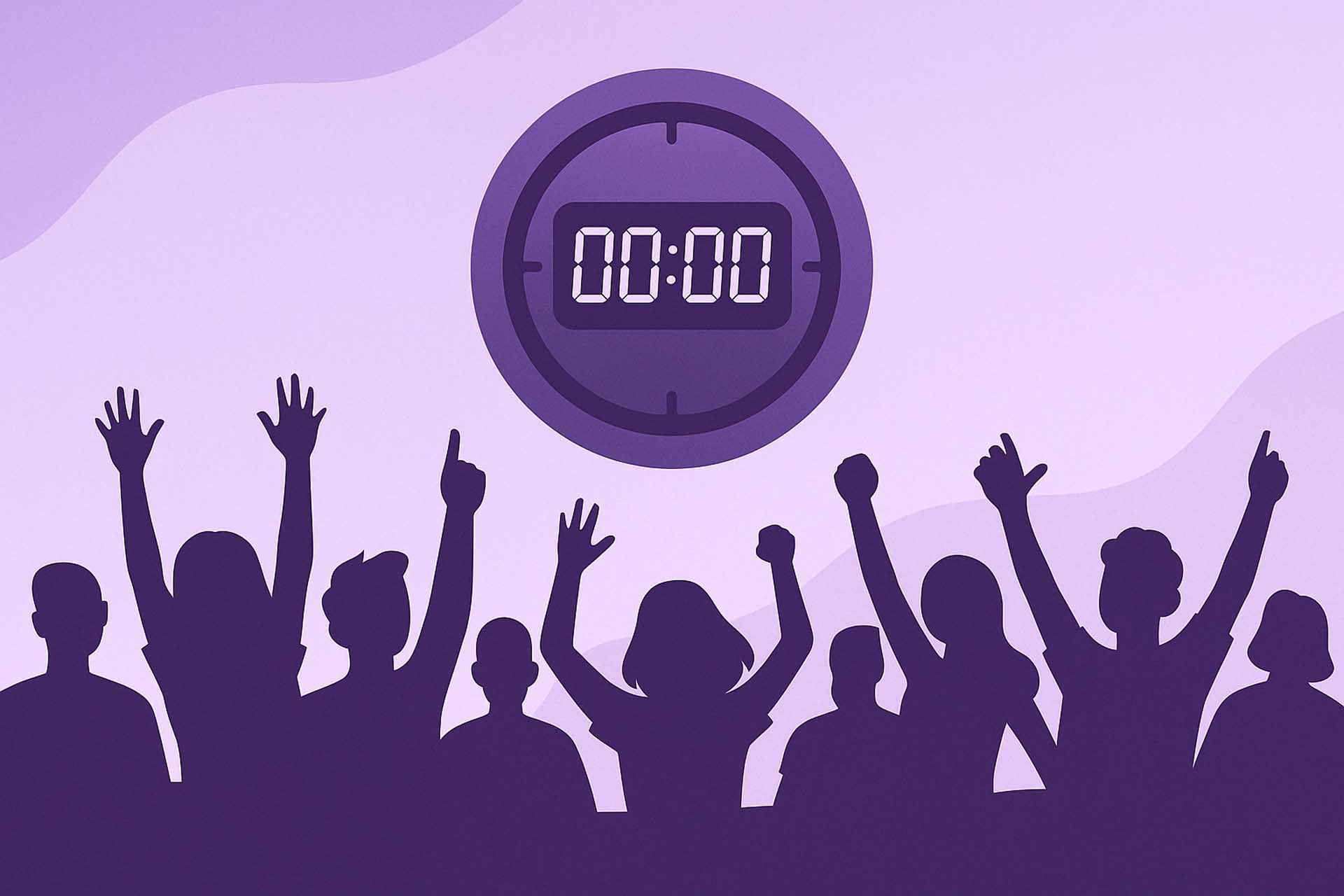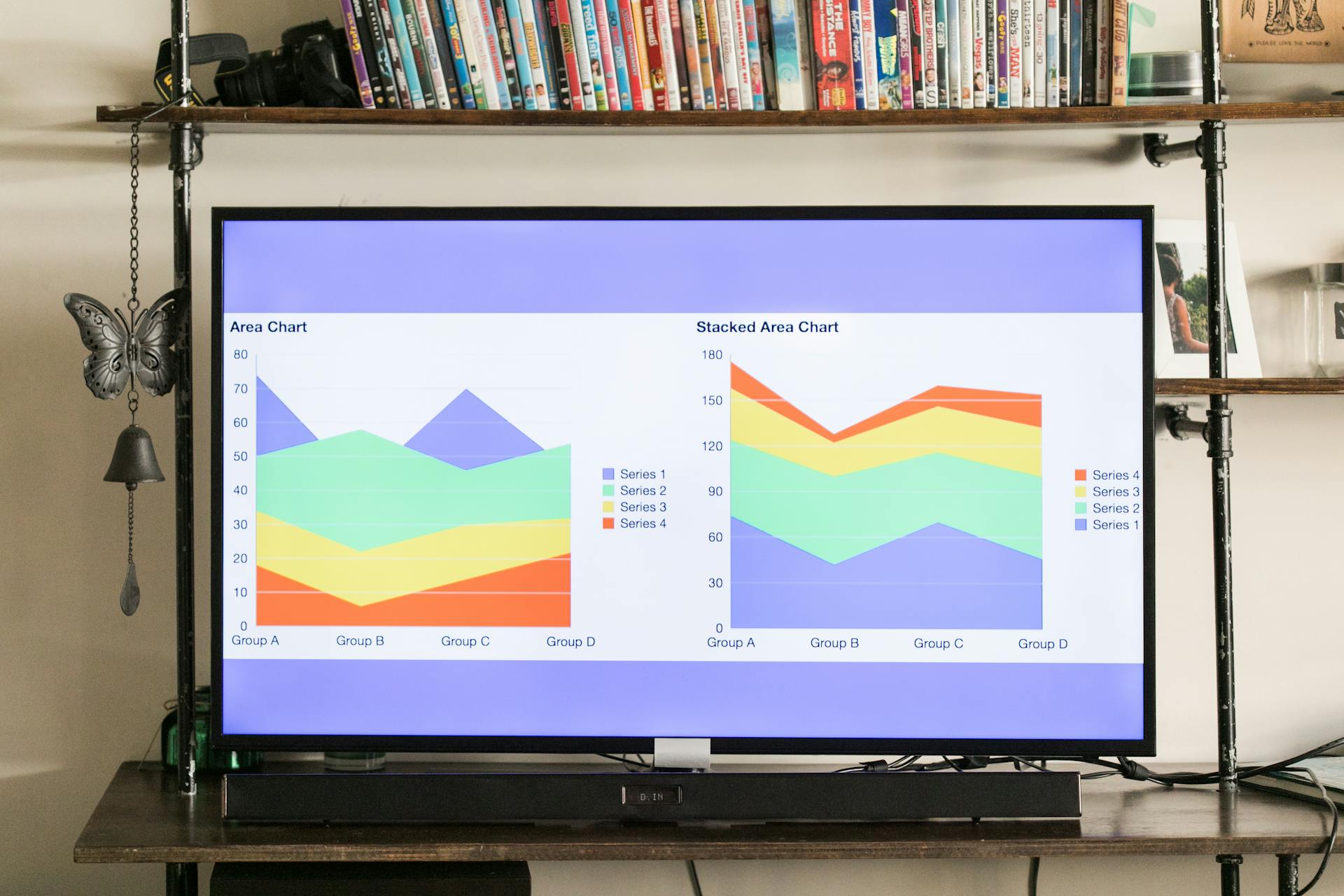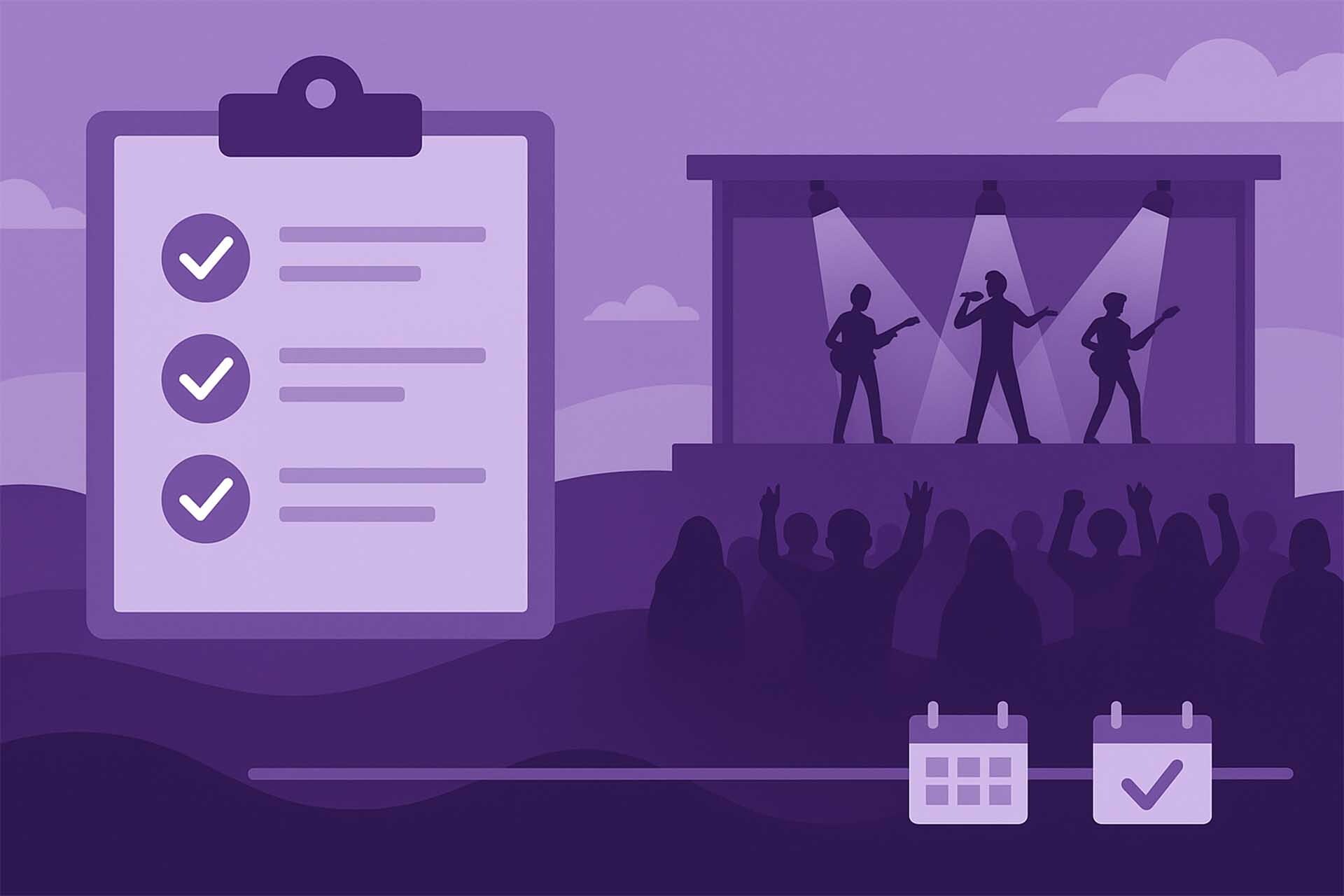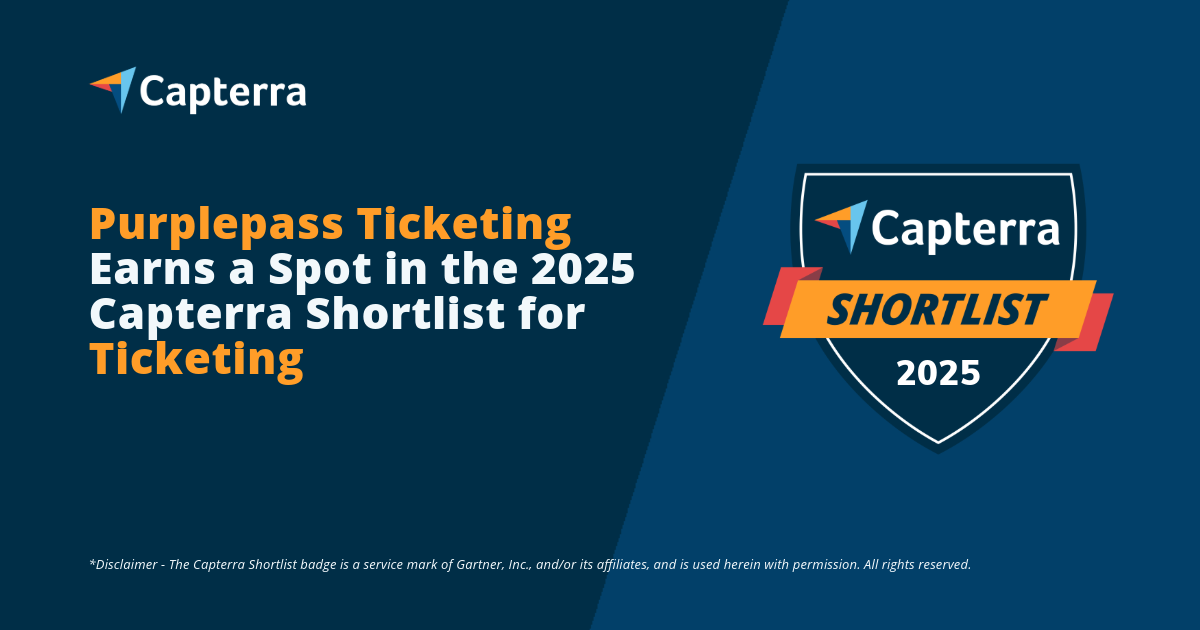The events industry market is worth billions in 2025. But what’s even more important is how it’s changing. Gone are the days when event success was measured just by counting attendees or relying on gut feelings.
Today’s event planners don’t have to guess anymore – 70% already actively use event management software. Thanks to real-time data and powerful analytics, they can track everything from initial registrations to post-event feedback. However, many still don’t have the right event data. Why is this data crucial after all? Because it helps understand what people want, how they like the event and analyzes its outcomes. Let’s have a closer look at how data can elevate your events.

What KPI You Need to Measure and Why
Every stage of your event is important. And instead of guessing how you are performing at each of them, you can obtain accurate numbers. Here is what you should watch for:
Before the event
- Ticket registrations. This is your first sign of interest. Tracking registrations helps you predict attendance and plan logistics accordingly.
- Social media engagement. Pay attention to likes, shares, comments, and mentions. These show how much buzz your event is generating and help you attract more attendees.
- Email open and click rates. These reveal how the audience reacts to your invitations and promotional messages. If people don’t open or click, it’s an alarming sign.
During the event
- Attendance vs. registration. Not everyone who signs up will necessarily show up. Tracking actual attendance gives you a clearer picture of your event’s reach.
- Session participation. Knowing which sessions get the most engagement helps you understand what your audience values.
- App or platform activity. For virtual or hybrid events, you can monitor how attendees interact with event apps or platforms and evaluate their activity.
After the event
- Attendee feedback and surveys. Collecting feedback lets you hear directly from your audience about what worked and what could be better next time.
- Net Promoter Score (NPS). This simple score shows whether attendees will recommend your event to others. It’s an important sign of overall satisfaction.
- Return on Investment (ROI). ROI looks at the big picture. It combines ticket sales, leads generated, sponsorships, and other results to show whether your event delivered real value.
Event Analytics Tools Every Planner Needs
You do not need to count the above metrics manually. All you have to do is select the tools that will do it for you. Here is the software every event planner should consider.
First, you need to invest in a specialized platform for event planning that comes with built-in analytics dashboards. Such a tool will track the whole process, from ticket sales to feedback. It often includes features like automated invoicing to manage payments and sponsorship billing. You get a clear picture of your event in just a few clicks. You can use Cvent, Bizzabo, or Hopin. You should also integrate a CRM like HubSpot, Salesforce, or Zoho to have a holistic view of attendee interactions.
Then, you need to integrate survey tools. Typeform, SurveyMonkey, or even Google Forms will help you gather post-event opinions. You will discover what people loved about your event and what they didn’t.
Collect feedback beyond surveys. Use Brandwatch, Sprout Social, or even built-in analytics on Instagram, LinkedIn, or X (Twitter) to see what people are saying about your event online. Social listening catches real-time reactions and lets you know how people feel.
A Simple Guide to Event Data-Driven Planning
Let’s say you’re planning a one-day outdoor music festival with food vendors, live acts, and merch booths. You want it to run smoothly, sell out, and leave people buzzing. Here's how data can help make that happen.
Define your event goals
Before you even book the first band, think about what you would like to achieve. For example, you plan to sell 2,000+ tickets and generate strong buzz on social media. Additionally, you may aim to attract vendors who want to return next year. These goals will shape what you track and how you plan.
Choose the right metrics
You will need to monitor the following:
- Ticket sales trends. Keep an eye on sales week by week. If they slow down, it's a sign to ramp up your promo.
- Social media engagement. Track likes, comments, mentions, and shares.
- Vendor sign-ups. Monitor booth reservations and ask vendors how they heard about the event.
- Check-in and crowd flow. Use scanning data at entry gates to see when peak times hit, so you can plan staff accordingly.
Use the right tools
You don’t need to overcomplicate things. Tools like:
- PurplePass handles ticketing, check-ins, and reporting all in one dashboard.
- Instagram insights help track story views, mentions, and reach.
- Google Forms or Typeform can be used post-event to collect feedback from both attendees and vendors.
Even simple tools can give you big-picture insight when you use them correctly.
Review the data and adjust
The biggest advantage of real-time data is that you can adapt on the fly. If one entry line is backed up, use check-in data to re-route attendees. If your opening act is drawing a big crowd, promote them on social in the moment to boost engagement. Review the insights after the event to know what you should definitely repeat for the next event.
Data + creativity = event success
Data is super useful, but the events happen when you mix smart planning with a bit of creativity.
For example, say your data shows ticket sales peak hours. That’s great to know, but what really gets people excited is how you use that info. Maybe you post a fun countdown video or a sneak peek of the headline band just before then. That’s the kind of creative touch that gets people sharing and talking.
Or imagine your check-in data shows fewer people around the food trucks in the afternoon. You can improve the situation and introduce a quick happy hour deal or bring in a surprise acoustic set to draw the crowd back.
When you use data as a starting point for new ideas, your event feels more alive and memorable. You’re not simply guessing what people want; you’re giving it to them in real time.
Summing Up: Using Data to Plan Your Events is Not a Temporary Trend
It’s how successful planners create unforgettable experiences. Do you want to become one of them? Then, it’s time to find the right software that makes it easy to track what matters, adjust on the fly, and prove your event’s true impact.






